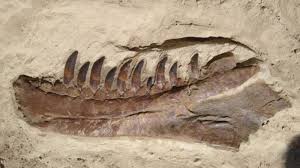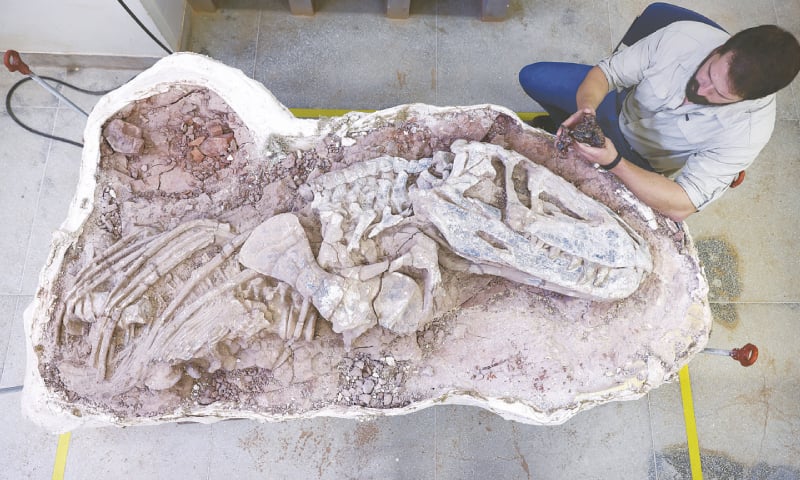SAO POLESINE A remarkable fossil discovery in Brazil has unveiled a new species of ancient reptile, believed to be around 237 million years old.
This finding could provide insights into the evolutionary path that led to the rise of dinosaurs.

The newly identified species, named Gondwanax paraisensis, was a small, four-legged reptile approximately the size of a small dog, measuring about 1 meter in length and weighing between 3 and 6 kg.
Scientists report that it likely roamed the hotter landscapes of what is now southern Brazil during the Triassic period.

Classified as a new member of the silesaurid group—extinct reptiles that have sparked debate among paleontologists regarding their relationship to true dinosaurs—Gondwanax paraisensis adds to the understanding of these prehistoric creatures.
Researchers believe that studying these ancient precursors can illuminate the factors that contributed to the eventual success of dinosaurs.
The fossil was discovered in a rock layer dating from the Triassic period, a time when dinosaurs, mammals, crocodiles, turtles, and frogs were emerging.
The significant find was made in 2014 by physician Pedro Lucas Porcela Aurelio in Paraiso do Sul, located in Brazil’s southernmost state of Rio Grande do Sul.
Aurelio donated the fossil to a local university in 2021, sparking three years of dedicated research. “It’s extraordinary to be the first person to touch something from 237 million years ago,” Aurelio expressed.

